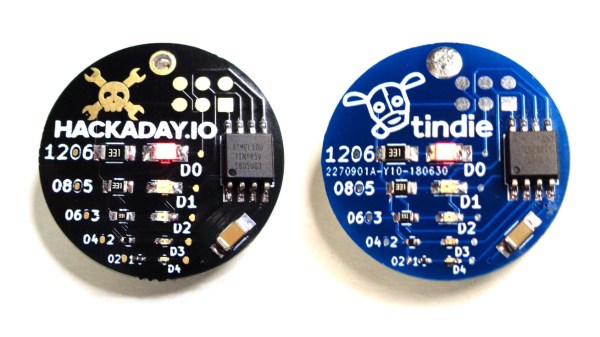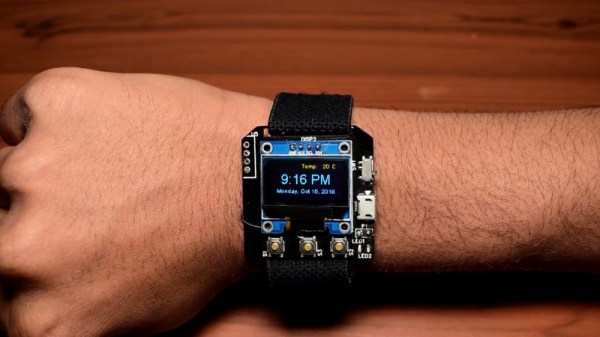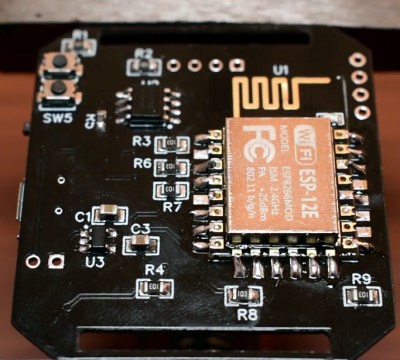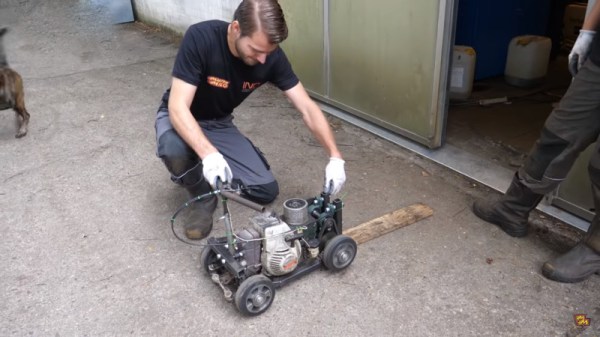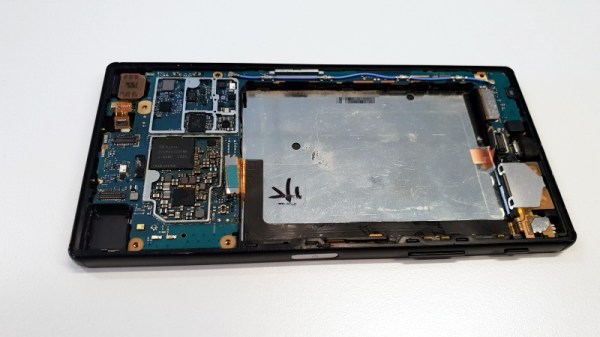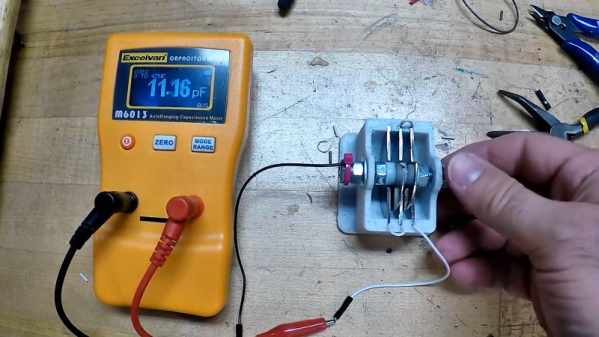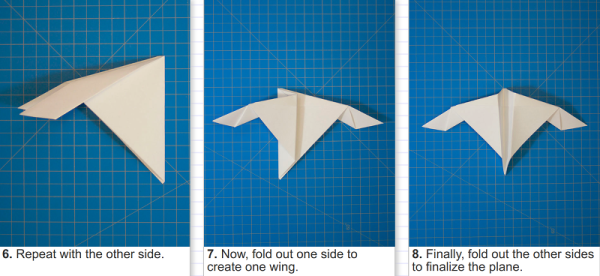Who will show the best soldering skills at the Hackaday Superconference next week? We have a little — in fact, a very little — challenge for you: solder surface mount components down to a tiny 0201 package. This is the SMD Soldering Challenge and successfully finishing the board at all shows off the best of hand soldering skills, but during the weekend we’ll also keep a running leader board.
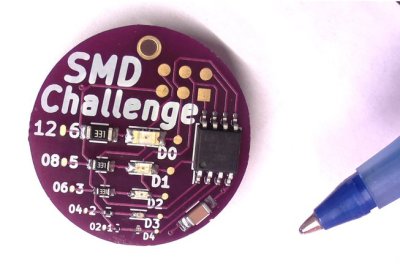
For the event we’re using the SMD Challenge board by MakersBox which utilizes a SOIC8 ATtiny85 to drive LED/resistor pairs in 1206, 0805, 0603, 0402, and 0201 packages. There will be a 5 minute inspection time at the start of the heat to open the kit, get familiar with the board, and confirm that you have all of the components and tools you need. We suggest not sneezing while placing that 0201 part down on the board — there is a spare set of 0201 parts only in the kit so you might get one extra chance with the smallest parts if you need it, but replacements will not be provided for parts lost during the heat.
There will be eight heats of six people participating so make sure you get signed up as soon as you get to Supercon. You can only compete once and you must use our soldering iron and solder. We will also have magnifiers, tweezers, flux, and desoldering braid on hand. You can bring reasonable tools and other support materials; Supercon staff running the challenge are the arbiters of “reasonable” in this case.
Scoring is based on time, completion, functionality (of the circuits you attempted to complete), neatness, and solder joint quality. If the top score is a tie, the fastest time across all the heats will be the winner. The official rules are on the event page so take a moment to look them over.
Don’t think it is going to be easy. Here’s a quote from the SMD Challenge board project page:
Be warned that trying to hand solder a 0201 package, which is just slightly larger than a grain of sand, may be considered evidence of insanity and get you committed to bad places by your loved ones and/or arch nemesis
The real prize is the bragging rights of being the Hackaday soldering virtuoso. Do you have what it takes? Someone reading this right now will be. But the first step is to show up at the Hackaday Superconference. See you there and good luck!

